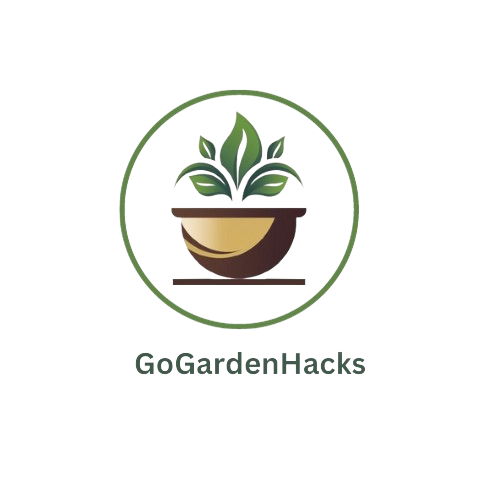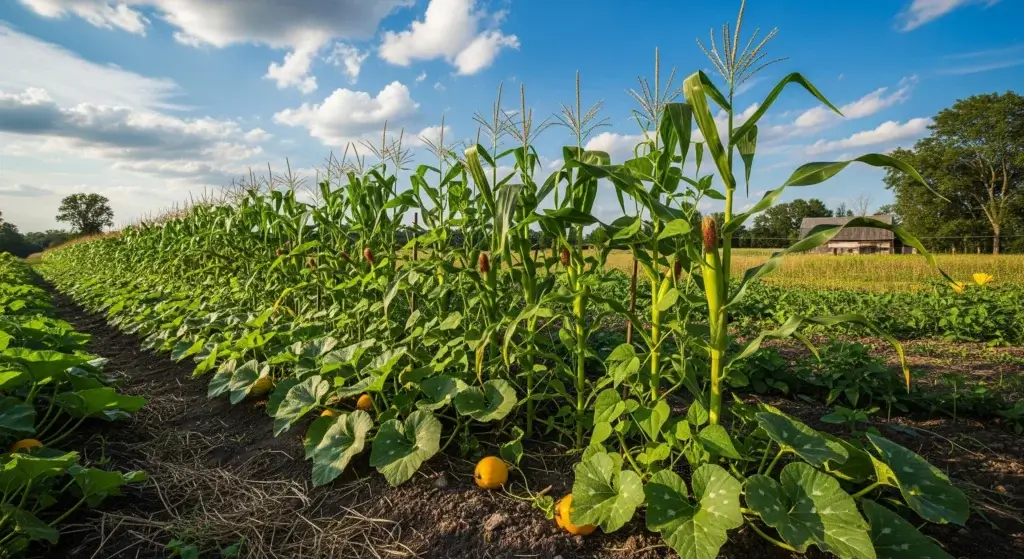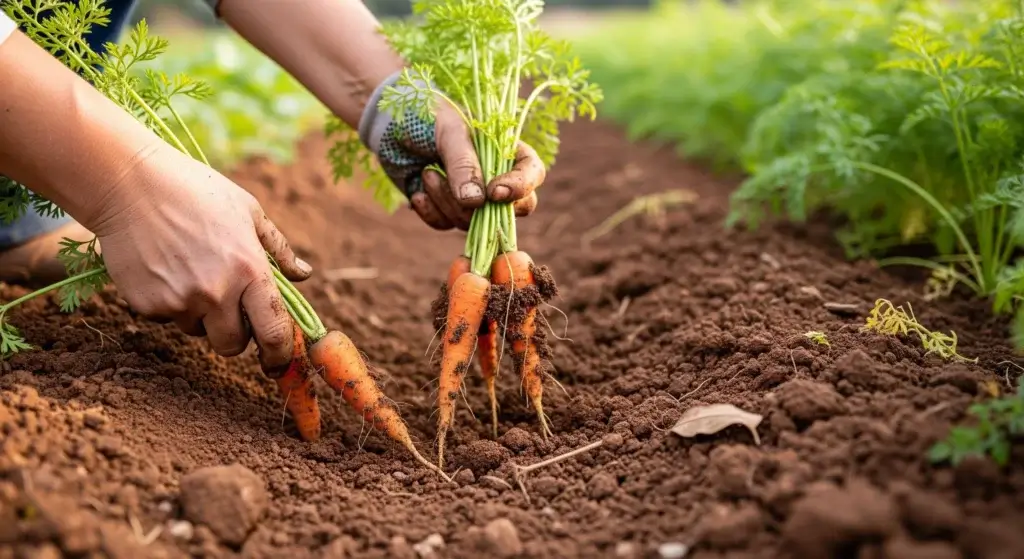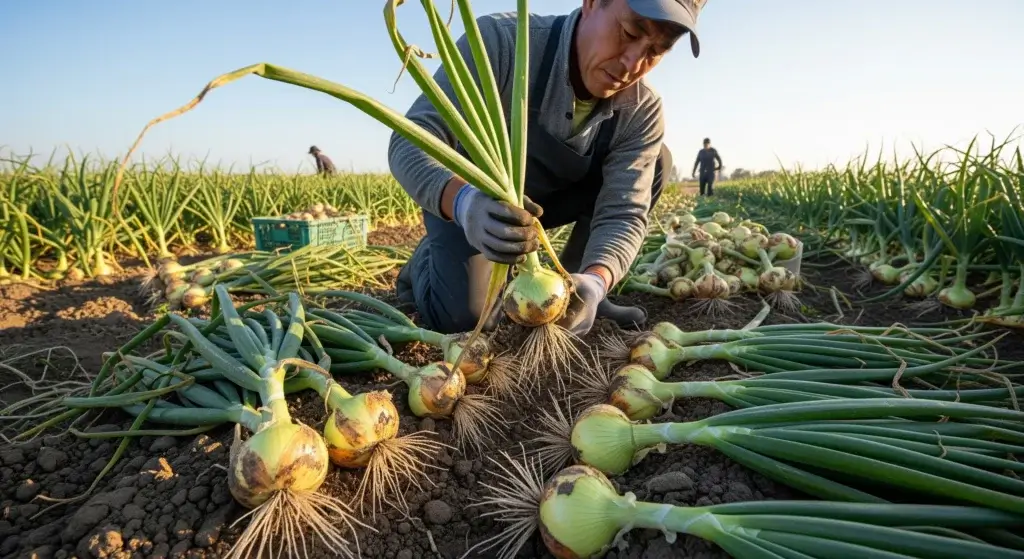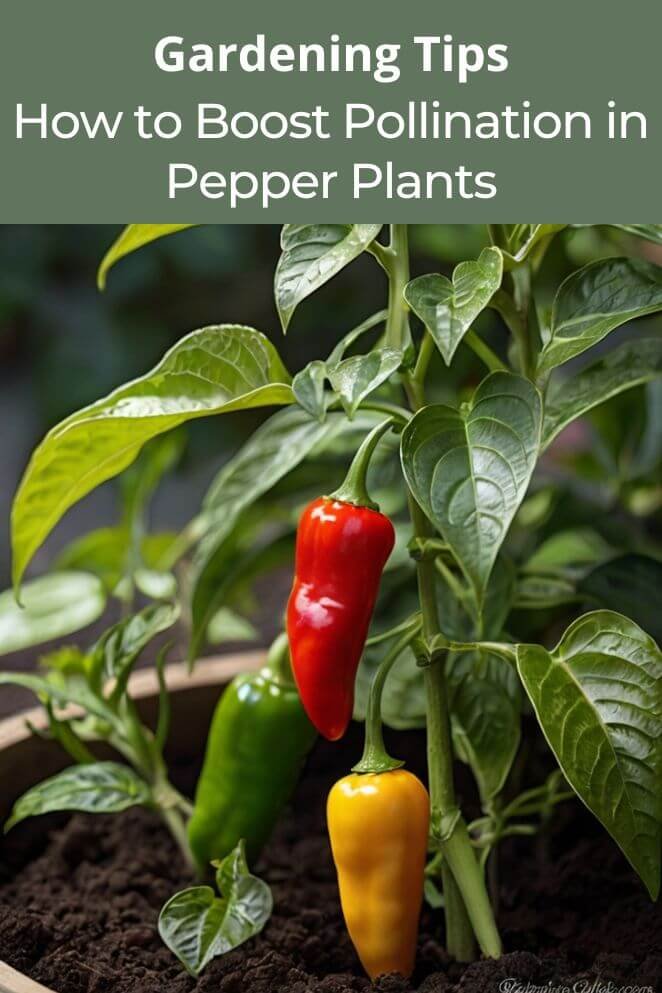
Pepper plants can be a joy to grow, offering vibrant colors and a variety of flavors, from sweet bell peppers to spicy chilies.
However, to get those delicious peppers, successful pollination is key.
Unlike some fruiting plants, peppers are mostly self-pollinating, meaning they can produce fruit without external pollinators.
However, boosting pollination can significantly improve fruit set and yield.
In this guide, we’ll explore practical and simple ways to enhance pollination in pepper plants, both indoors and outdoors, to ensure a thriving pepper harvest.
Understanding Pepper Pollination
Pepper plants have what are known as “perfect flowers,” which means each flower contains both male (stamens) and female (pistil) reproductive organs.
When pollen moves from the stamen to the pistil within the same flower, pollination occurs.
This process often happens naturally with the help of wind or gentle movement.
However, factors like poor airflow, lack of pollinators, or indoor growing conditions can hinder natural pollination.
When pollination is incomplete, you might see fewer or misshapen peppers.
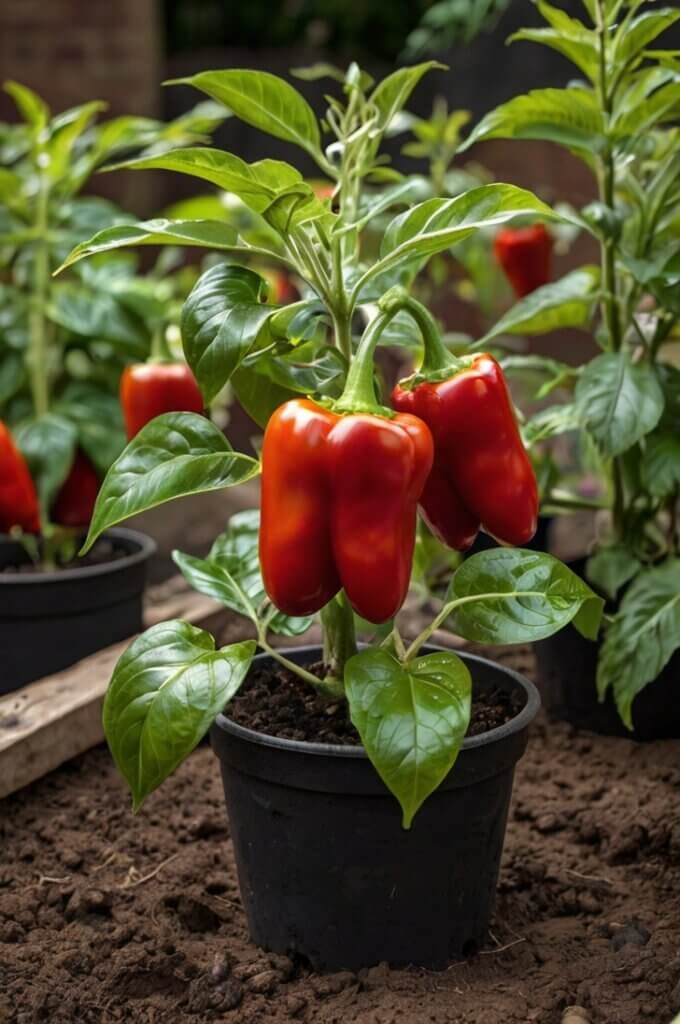
Simple Ways to Help Your Peppers Pollinate
Gentle shaking
One of the easiest ways to improve pollination is to gently shake the plant.
This mimics natural wind and helps transfer pollen within the flowers. You can:
- Gently tap the main stem of the plant.
- Shake the support structure (like a tomato cage) if your peppers are supported.
This method is particularly useful for indoor plants where wind is not present.
Using a small brush
For more targeted pollination, use a small, soft brush (such as an artist’s paintbrush) or even a cotton swab.
Lightly brush the inside of each flower to manually transfer pollen from the stamen to the pistil.
- This method is especially helpful in greenhouses or indoor environments.
- Be gentle to avoid damaging the delicate flower parts.
Airflow and fans
Good airflow helps with the natural movement of pollen. Indoors, a small fan set to low can simulate a breeze, encouraging pollination.
Outdoors, avoid crowding plants, which can block airflow.
- Position fans to mimic a light breeze, not a windstorm.
- Rotate plants occasionally if they are in a static indoor environment.
Attracting pollinators (optional)
If you’re growing peppers outdoors, attracting natural pollinators like bees can boost pollination. You can:
- Plant pollinator-friendly flowers nearby.
- Avoid using pesticides that can harm beneficial insects.
- Provide water and shelter for pollinators to encourage their presence.
According to research from The Journal of Pollination Ecology, gardens with diverse flowers see up to a 25% increase in pollination rates for vegetable crops, including peppers.
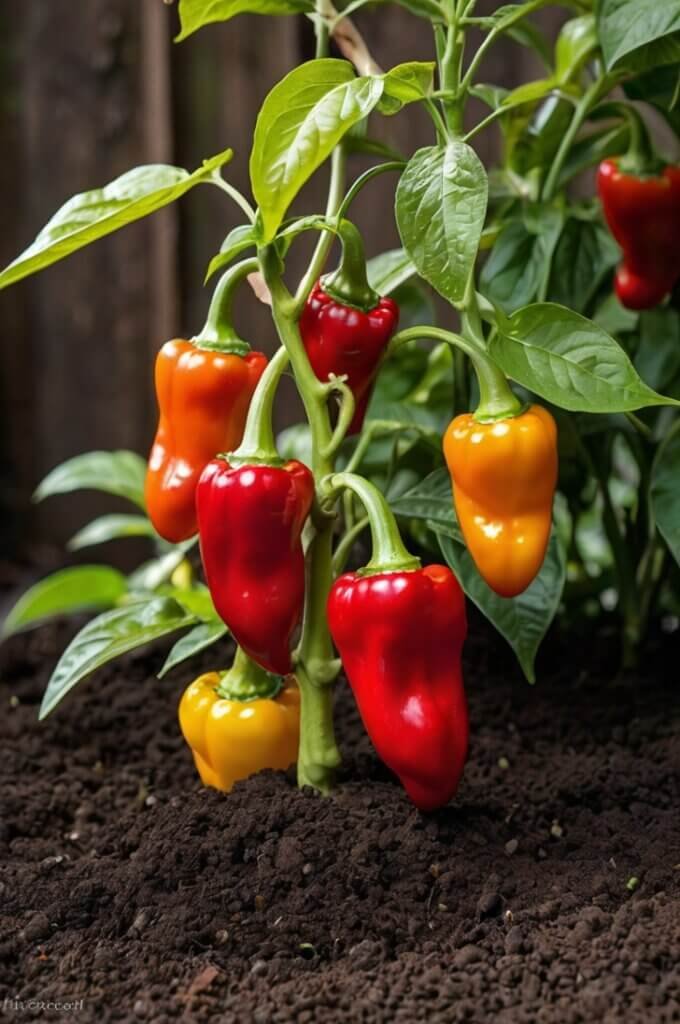
Things to Avoid
Even with the best care, certain mistakes can affect your pepper plants’ growth and pollination.
Here’s what to watch out for:
Overwatering
Giving your plants too much water can cause poor flower development and even make them drop their flowers before they get pollinated.
To avoid this, make sure your soil drains well and only water when the top inch feels dry.
Extreme temperatures
Temperature swings can stress your plants and disrupt pollination:
- Too hot (above 90°F/32°C): Flowers may drop before they can be pollinated.
- Too cold (below 50°F/10°C): Slows down plant growth and reduces pollination.
If you’re growing peppers indoors, use fans, heaters, or grow lights to keep a stable temperature.
Using harmful pesticides
Chemical pesticides can harm pollinators like bees and butterflies, making pollination harder.
Instead, try natural pest control methods:
- Use neem oil or insecticidal soap to control pests safely.
- Attract beneficial insects like ladybugs and praying mantises, which help keep harmful bugs away.
Tips for Indoor vs. Outdoor Plants
Whether you’re growing peppers inside or outside, they need the right conditions to thrive.
Here’s how to give them the best care:
Indoor pepper plants
- Improve airflow: Use a small fan to mimic natural wind, which strengthens plants and helps with pollination.
- Hand pollinate: Since there are no bees indoors, you’ll need to help pollinate by gently shaking the plant or using a small brush to transfer pollen between flowers.
- Control the environment: Keep temperatures and humidity consistent to support healthy flowering and fruit production.
Outdoor pepper plants
- Give them space: Plant peppers with enough room between them to ensure good air circulation, reducing the risk of disease.
- Attract pollinators: Grow pollinator-friendly flowers nearby to bring in bees and butterflies, which help boost fruit production.
- Protect from extreme weather: Use shade cloths during heatwaves and plant covers on chilly nights to shield your peppers from harsh conditions.
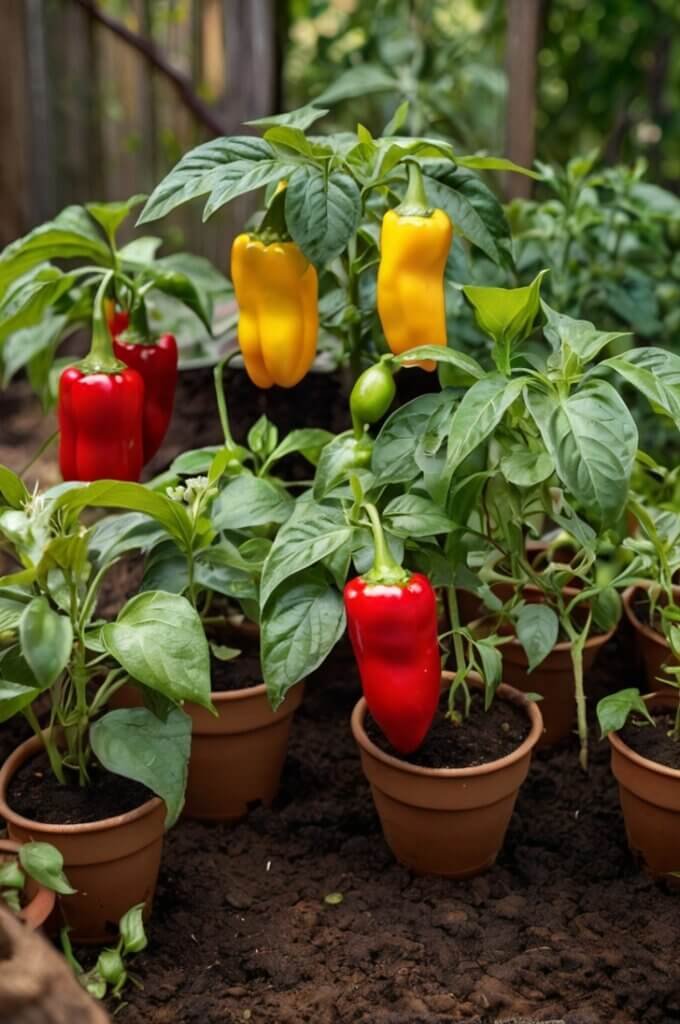
Final Thoughts
Successful pollination is the secret to bountiful pepper plants.
By understanding how pollination works and taking simple steps to support the process, you can significantly boost your pepper yield.
Whether you’re growing peppers on a sunny patio or in a cozy indoor space, a little effort toward improving pollination will lead to healthier plants and a tastier harvest.
FAQs
Not necessarily. Peppers are self-pollinating, but hand-pollination can help if natural pollination is insufficient.
Once every few days is usually sufficient, particularly when the flowers are fully open.
No, over-pollination is not a concern. The flowers will only use the necessary pollen.
Signs include flowers dropping without fruit setting, misshapen peppers, or a low fruit yield.
Outdoor plants generally get enough airflow from natural wind, but a fan might help in sheltered areas like greenhouses.
